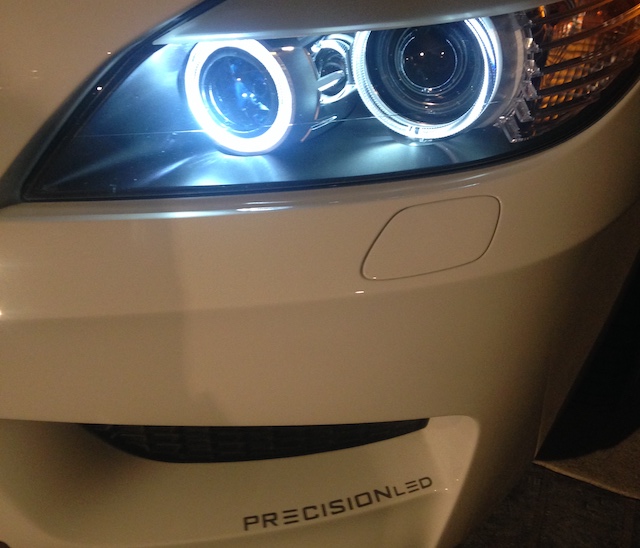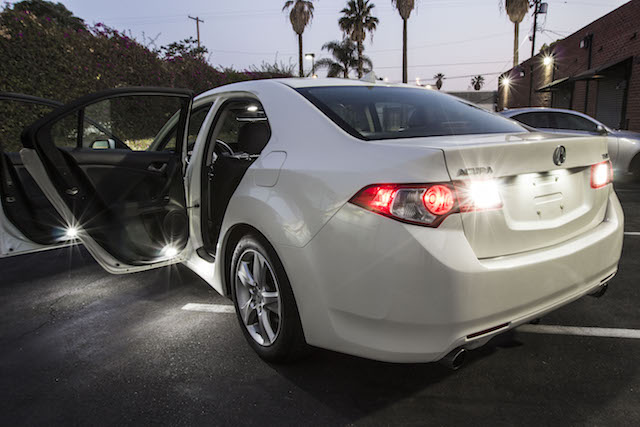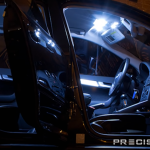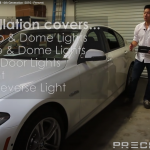LED lights were once considered something only found on luxury cars, but now they’re much more mainstream. You can find stock and aftermarket LED lights illuminating the roads everywhere in the U.S. these days.
The growing popularity of LED lights doesn’t surprise us. LED lights are the newest innovation in car lighting technology, and they outshine the standard lighting you’d find on most cars.
Standard lights may be cheaper and produced by established brands, but LED lights offer the following advantages:
- They’re brighter.
- They use 75% less energy than standard lights.
- They last about five times longer than standard lights.
- They look awesome.
Are LED Headlights Legal?

For most people, the answer is yes. However, it depends your state and local laws. Some regions have laws against any after-market headlights of any kind, and these laws would include LED headlights. However:
- It’s difficult to tell an LED headlight from an OEM headlight if you don’t have a light to compare it to. Say for example that two cars of the same year, make, and model are parked side by side. Turn on the headlights, and it’s easy to see which is LED and which is OEM. But without that comparison? Good luck.
- Many state and local law enforcement officers will only pay attention to headlights that are either a) extremely bright or b) a completely different color than normal
While it’s always a good idea to check local laws before purchasing any after-market accessories, LED headlights are probably a pretty low risk purchase.
What About LED Brake Lights, Turn Indicators, Reverse Lights, etc?
Again, the answer is “check your local laws.” However, generally speaking:
- There are generally no laws that prohibit installing after-market brake lights or turn signal lights. In fact, these modifications are quite common (remember all those ‘altezza’ style taillights back in the 90s?).
- It’s hard to spot an LED taillight (or turn signal) unless you have an OEM taillight to compare it to. The look and work just like the lights that they replace, only they’re brighter, more durable, and have a faster response time.
- Most state and local law enforcement officers are on the lookout for lights that don’t look “normal” – strange colors, extreme brightness, etc.
There are a couple things to keep in mind if you decide to upgrade to LEDs:
- LED brake lights indicate 300-400ms faster than regular incandescent brake lights. This doesn’t sound like much, but it can make a big difference when traveling at highway speeds. A car traveling 75mph can cover 44 feet of distance in 400ms.
- LED turn signal lights, if not properly installed, will signal at twice the speed due to differences in power consumption. Relays and resistors can help regulate blinking speed.
There’s almost no risk in buying a set of LED lights for your taillights, brake lights, etc. Still, legally, we’re required to say “check your local laws,” so do what you feel is best.
What About Interior LED Lighting – Is That Legal?

In a word, yes. Interior lights are not regulated. You can install whatever colors you like, whatever brightness you like, etc.
However, common sense will tell you that driving around with your bright green interior lighting on is a good way to get the attention of a nearby police officer. So, if your car is moving, it’s a good idea to keep the interior lights off.






